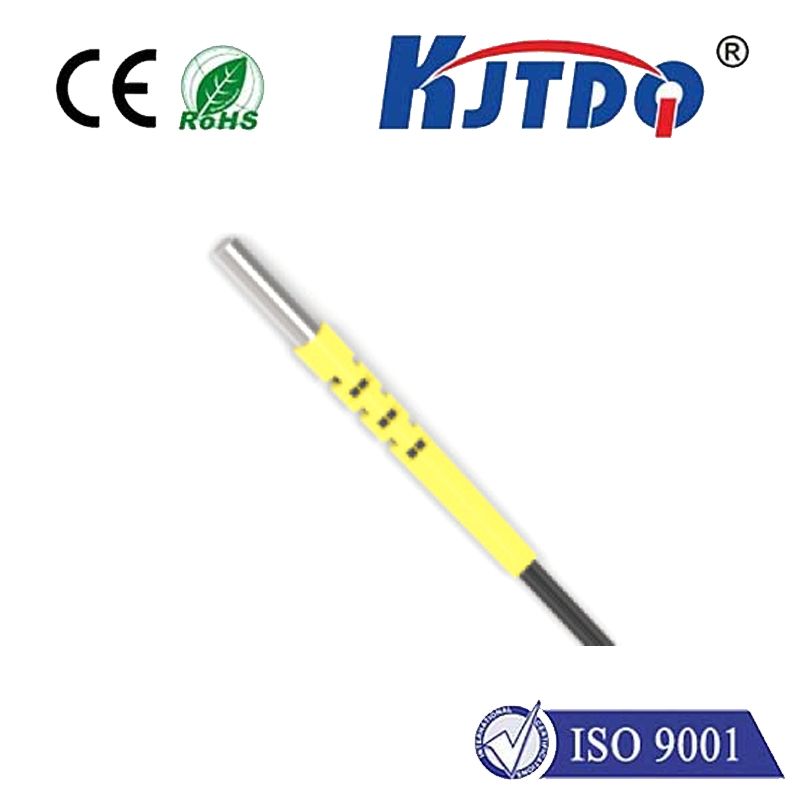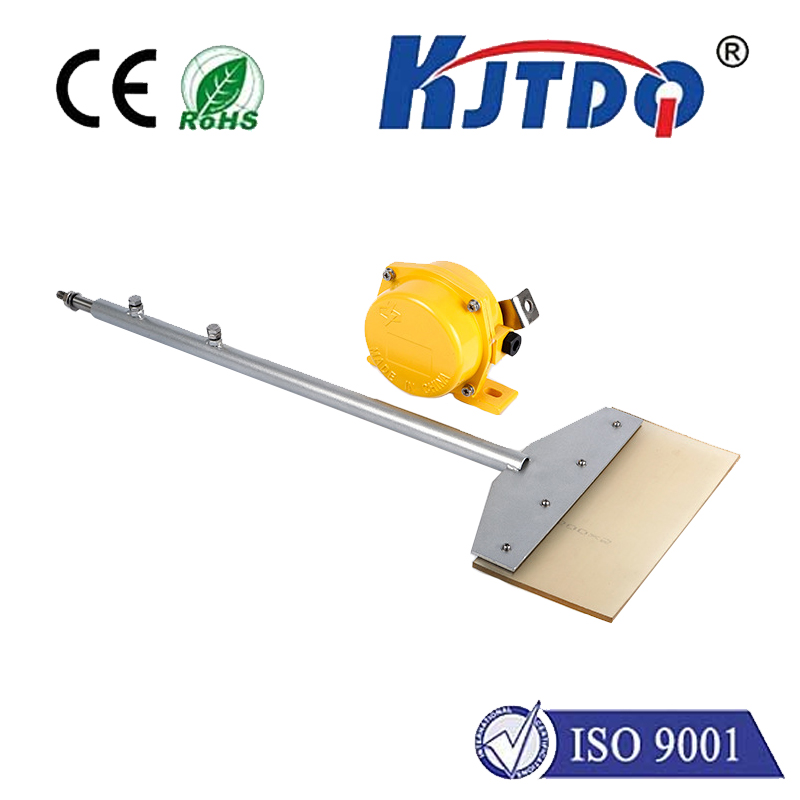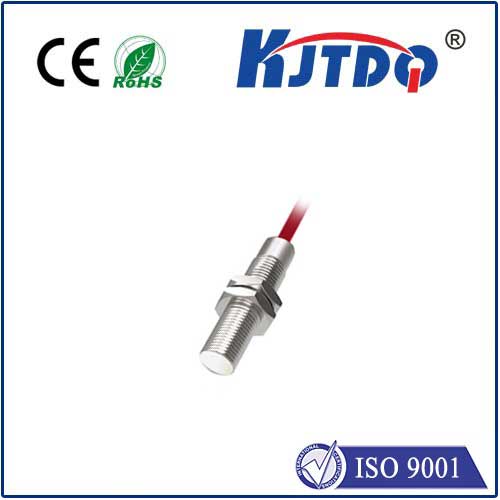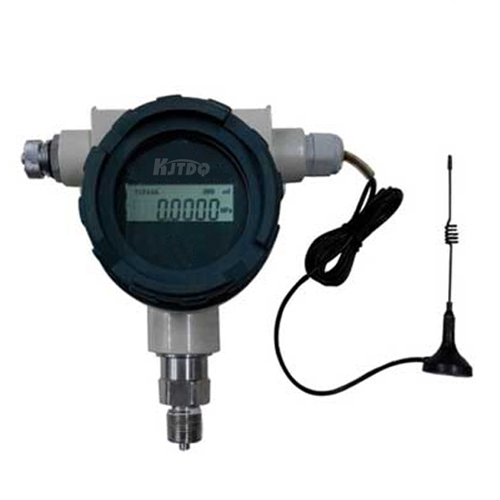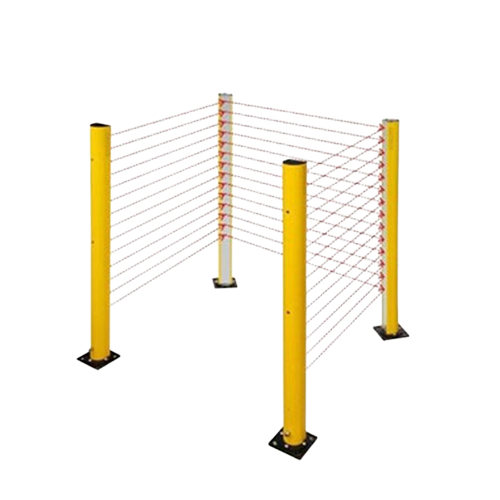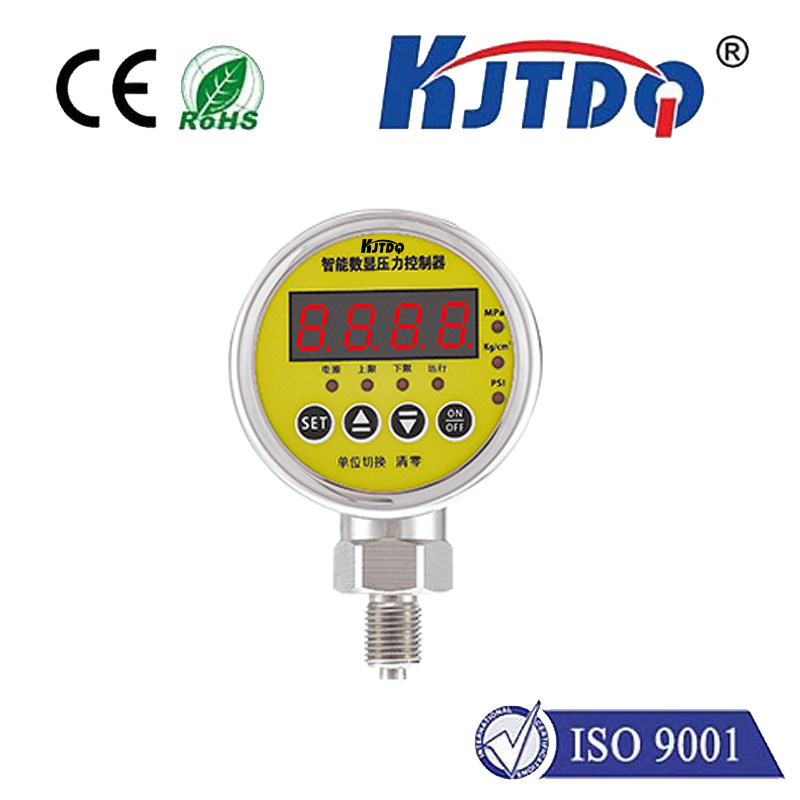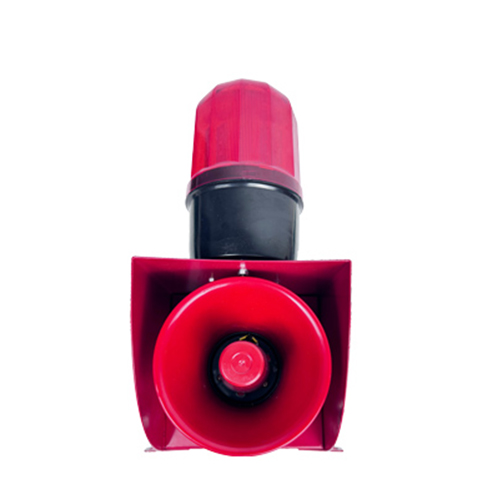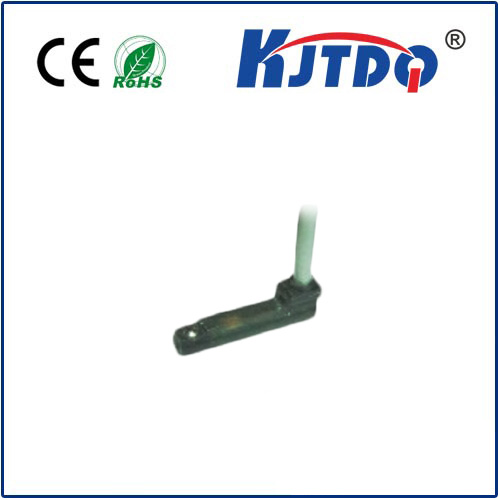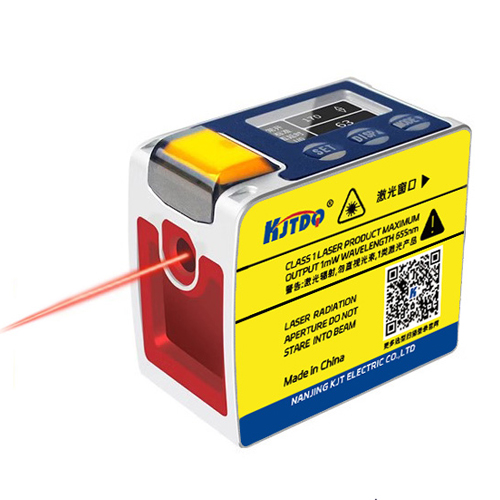

check

check

check

check

check

check

check

check

check

check
Title: The Power of Precision: Unleashing the Potential of Stepper Motors with Limit Switches
The realm of automation and precision engineering has long been defined by the quest for machines that can perform tasks with utmost accuracy and repeatability. At the heart of this pursuit lie stepper motors, which are renowned for their ability to move in precise steps. However, achieving optimal performance from these motors necessitates the integration of limit switches – a pairing that elevates functionality to new heights. This article delves into how the combination of stepper motors with limit switches unlocks a world of precision control and reliability in mechanical systems.
Stepper Motors: The Backbone of Precise Movement
A stepper motor's operational principle hinges on its ability to divide a full rotation into a number of discrete steps. Each step corresponds to a specific angular displacement, allowing for exceptionally accurate positioning. These motors are favored in applications requiring high precision and repeatable motion, such as CNC machines, robotics, and printing devices. Their reliability stems from the absence of feedback systems typically required by other motor types, reducing complexity and increasing system stability.

Limit Switches: Defining Boundaries
Despite their inherent precision, stepper motors operate blindly to their absolute positioning without external references. Enter limit switches – simple yet crucial devices that determine the starting and ending points within a motor's travel path. By detecting physical limits, these switches provide essential feedback to the control system, ensuring that operations remain within safe boundaries. They come in various forms, including mechanical, optical, and magnetic variants, each designed for different environmental considerations and precision levels.
Synergy of Stepper Motors and Limit Switches
When integrated with stepper motors, limit switches act as the gatekeepers of precision control. Upon power-up or system reset, limit switches help establish a home reference point for the motor, enabling it to calibrate its movements accurately. As operations commence, these switches prevent over-travel and potential collisions by signaling the controller when the motor reaches predefined extreme positions. This collaboration significantly reduces setup time, enhances operational safety, and improves overall equipment effectiveness.
Application Scenarios
Imagine a 3D printer where each layer must be precisely deposited. Here, a stepper motor's accuracy is paramount, while limit switches ensure consistent homing and prevent print head collisions. In automated manufacturing lines, limit switches work in tandem with stepper motors to guarantee repeatable starting points for operations such as cutting, drilling, or assembly. The result is an optimization of productivity and quality assurance that relies heavily on the synergy between these two components.
Conclusion
The alliance of stepper motors with limit switches embodies the pinnacle of precision engineering. It not only secures the accuracy and reliability of mechanical movements but also paves the way for more intelligent and autonomous systems. As technology advances, the importance of integrating these components will continue to grow, pushing boundaries in industries ranging from advanced manufacturing to aerospace. By harnessing the capabilities of stepper motors and limit switches, engineers can craft systems that perform flawlessly, efficiently, and safely, at the cutting edge of what modern machinery can achieve.
